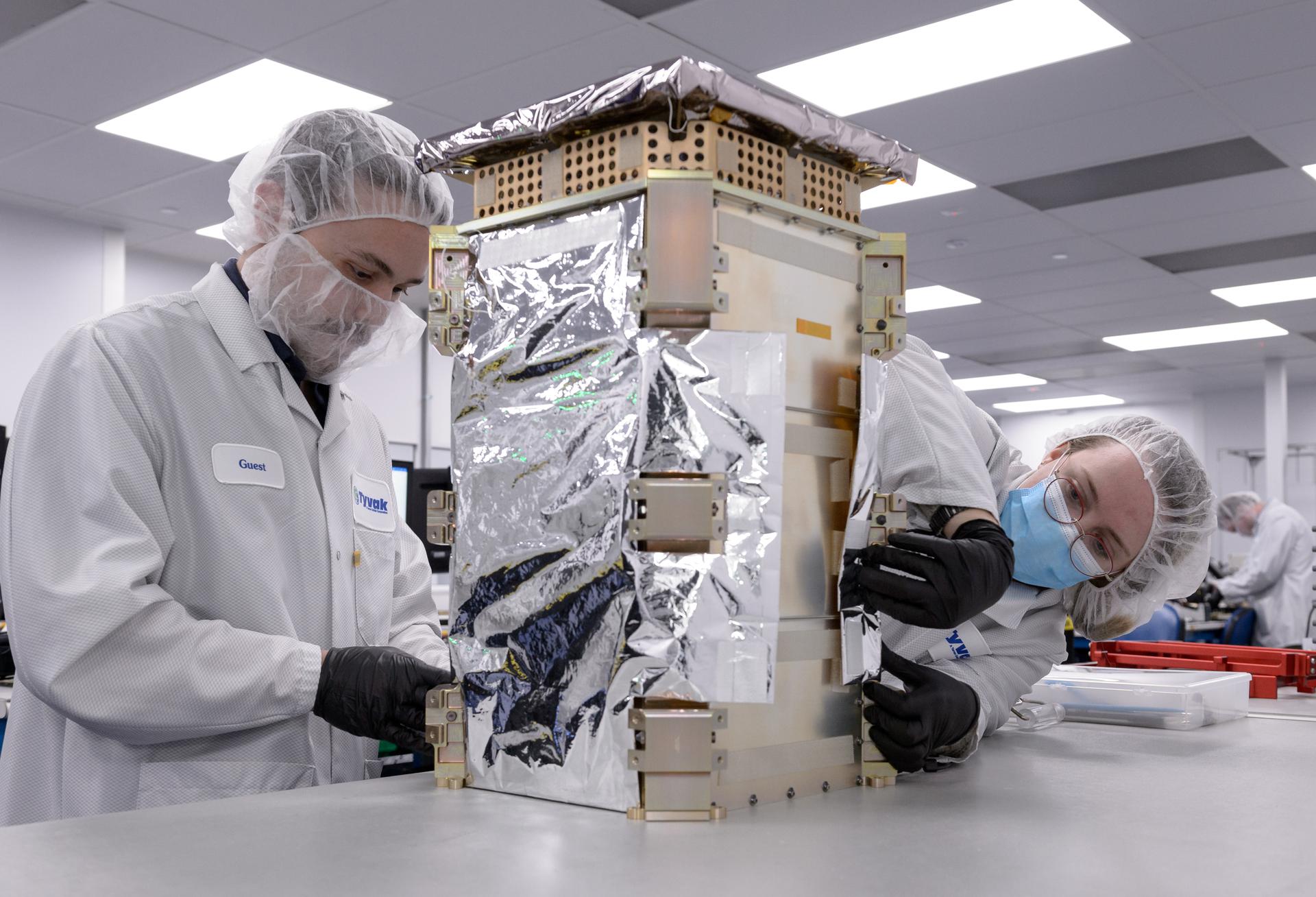Nasa’s Capstone changes course for the Moon after engineers solve communications error
After Nasa engineers fixed a communications error that temporarily turned Capstone’s radio off, the small spacecraft is now pointed toward the Moon

After a day’s worth of anxiety when Nasa’s Capstone spacecraft stopped responding to communications efforts, the space agency solved the error and guided Capstone through a maneuver setting it on a course for the Moon.
Capstone successfully completed an 11-minute thruster burn around 11.30am EDT Thursday morning, according to a Nasa blog update published at 3.49pm EDT Thursday. The burn is the first of a series of course correction maneuvers planned for the 55-pound, microwave sized spacecraft during its month’s long journey to enter lunar orbit in mid-November.
Capstone, or the Cislunar Autonomous Positioning System Technology Operations and Navigation Experiment, launched from New Zealand on 28 June, and successfully separated from its launch vehicle’s upper stage on 4 July, at which time everything looked like it was going smoothly for the spacecraft.
But ground operators lost touch with Capstone late on 4 July after the spacecraft stopped broadcasting and operators could no longer reach it through the Deep Space Network, a worldwide network of radio antenna’s Nasa uses to communicate with spacecraft beyond Earth orbit.
Now Nasa knows why.
While checking the spacecraft after it separated from its rocket upper stage, ground operators noticed inconsistent data and tried to access Capstone’s diagnostic functions, according to another Nasa blog update. But the operators “sent an improperly formatted command that made the radio inoperable,” the blog notes.
The update goes on to note that the spacecraft’s radio should have automatically rebooted, but failed to do so because of a problem with Capstone’s autonomous flight software. Despite that software fault, however, the system eventually cleared the error on its own and reestablished contact with ground operators on Wednesday 6 July.
With communications back up, Capstone initiated Thursday morning’s maneuver, an important part of its slow, unusual, but energy efficient route to the Moon.
As of Thursday, Capstone is more than 289,000 miles from Earth and actually beyond the orbit of the Moon, which is part of the design of its unique “ballistic lunar transfer.” Capstone will ultimately reach a distance three times further than the Moon’s orbit, or 963,00 miles from Earth, before allowing the Sun’s gravity to pull it back for a rendezvous with the Moon.
Once it reaches the Moon, Capstone will enter an unusual “near rectilinear halo orbit,” tracing a long oval with nearly flat sides and the Moon not centered, but tucked in one of the oval’s corners. This means Capstone will fly relatively low over the Moon’s South Pole and high above the lunar North Pole.
Capstone’s mission is to explore the dynamics of this unique orbit ahead of Nasa’s Lunar Gateway, a space station Nasa hopes to install in the same lunar orbit in order to support its Artemis program astronauts as they explore the Moon beginning in 2025.
Subscribe to Independent Premium to bookmark this article
Want to bookmark your favourite articles and stories to read or reference later? Start your Independent Premium subscription today.

Join our commenting forum
Join thought-provoking conversations, follow other Independent readers and see their replies